Camagüey, Cuba’s third largest city, has retained its reputation as the quaintest and least known of Cuba’s big cities. Camagüey barely registers on the average tourist’s itinerary. This is perhaps because it is located right in the middle of Cuba, in tierra adentro; a good nine hours from Havana in the west, and another eight hours from Santiago de Cuba in the east. It also happens to be far enough from the all-inclusive resorts of the cays of Jardines del Rey, such as Cayo Coco and Cayo Guillermo.
Camagüey’s old name was the Villa de Santa Maria del Puerto Principe. It was the seventh Spanish settlement established by the conquistador Diego Velazquez in 1514. The name of the settlement was conjured by none other than Christopher Columbus himself. During Columbus’ first voyage in 1492, he sent emissaries to the cacique (chief) of the big indigenous Taino settlement called Camagüey located inland, in the belief that the cacique was the Kublai Khan or the Emperor of Cathay (China).

Puerto Principe became a prime target of pirates and privateers. Because of this threat, the city was moved inland in 1516 to the site of the old Taino settlement, thus Puerto Principe became known by its old indigenous Taino name, Camagüey. The piratical threat influenced the new settlement’s layout. Nowhere else in Cuba can one find distinctive labyrinthine and narrow streets that resemble those of old European medieval towns. This was meant to confuse and trap marauding pirates.
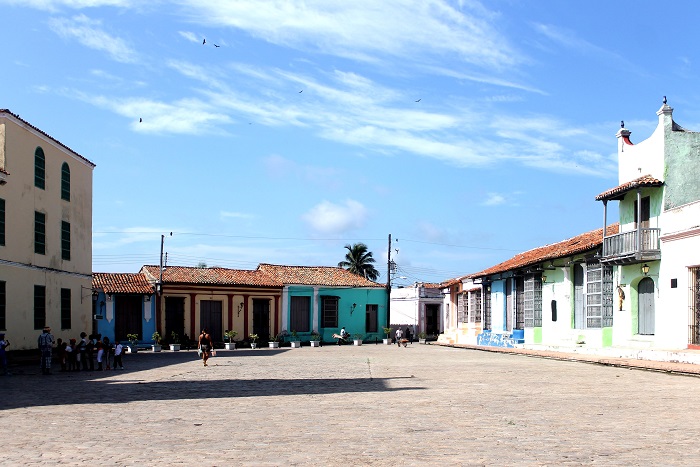
History repeated itself after the 1959 rebel victory against the Batista regime when the leader of the llanos segment of the rebel barbudos, Huber Matos, denounced Fidel Castro for betraying the revolution and favoring the Marxists. This schism reflected the ideological divided between the leaders of the llanos (plains) and the sierras (mountains). The left-wing sierras faction, led by the Castro brothers, won out, leading Cuba’s transformation into a Socialist state. Matos was immediately incarcerated in Camagüey by his old friend Camilo Cienfuegos and was later exiled.
Even the aforementioned poet Dulce Maria Loynaz defied the Castros too. While the regime now celebrates the prize-winning poet’s works, Loynaz did not want to have anything to do with the regime while she was still alive. She locked herself up inside her Vedado home in Havana until she died. The State nationalized her rundown house upon her death and converted it into a museum, which is now named after the celebrated late poet.
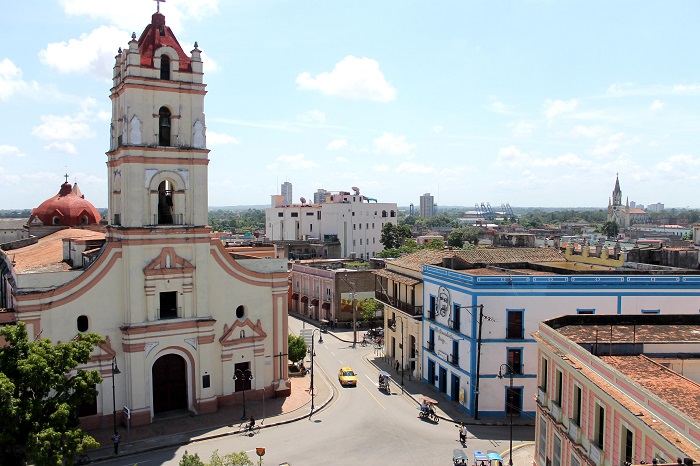
Camagüey’s reactionary edge is attributed to the fact that it is known as the whitest among Cuba’s big cities. Camagüey used to be Cuba’s preeminent cattle-breding region, an industry that was not as labor-intensive. Thus, not a lot of black slaves were brought here during the Spanish times. The city’s rich cattle ranchers were mainly autonomistas. Rightly or wrongly, Camagueyanos have become known for their supposed reactionary bent.
Today, part of the charm of Camagüey is that the prettiest jineteras in Cuba seem to hail from this city. Ask any “working girls” in Capri’s Salon Rojo or any of Havana’s other top flight night clubs, the vast majority of them would tell you that they come from Camagüey. I must admit that it was for this reason that I was drawn to the city. You’ve got to see it to believe it.
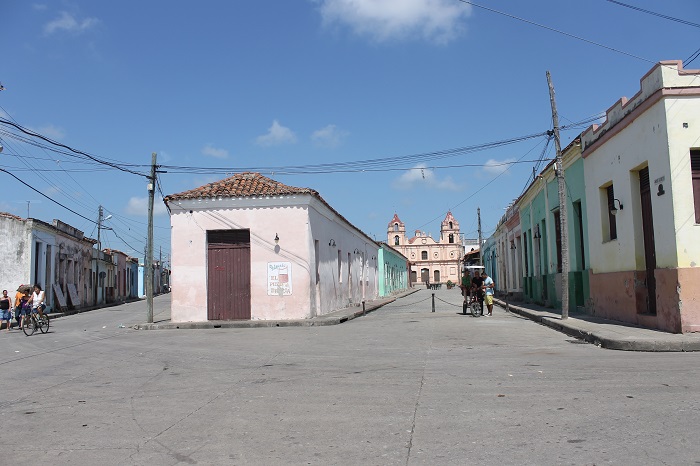
As in any other Cuban town, life in Camagüey revolves around its historical plazas. The city has perhaps among the prettiest plazas in Cuba. I was stunned at how much the colonial city has remained the same through the years as I walked its lonely streets at dusk to escape the overwhelming heat and humidity. As darkness envelops the blue-gray sky and the street lamps begin to illuminate the cobblestone streets, Camagüey seemingly reverts into medieval city.
I especially enjoyed hanging out at Plaza San Juan de Dios and Plaza del Carmen for their medieval atmoshpere at dusk. If I wanted a more boisterous atmosphere, I go to nearby Parque Agramonte and the pedestrianized Calle Maceo. If you want sleazy fun, you go to Parque Agramonte, definitely the prettiest of them all with its palm trees and Victorian-era type lamps, framed by cafes and beautiful colonial residences. It is also notable for its hustling jineteras and their prospective clientele, mostly old Italian coños.
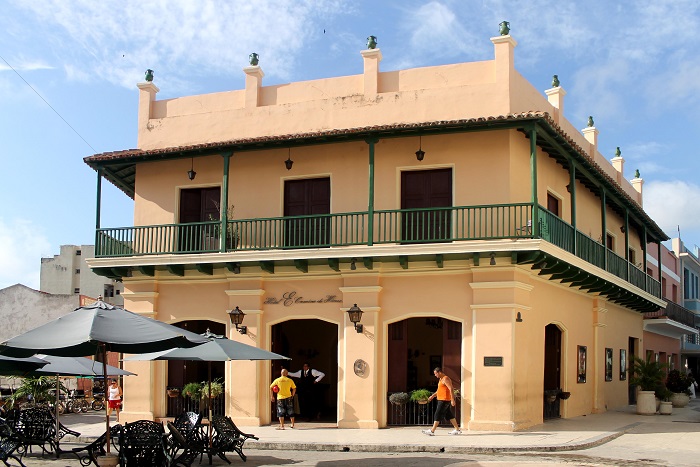
However, one can also feel the stagnation and rut in which the city finds itself now. Camagüey old, rich rancher clans, among them, the Cisneros, the Loynaz, the Agüeros, the Rovirosas, the Zayas, and the Varonas, have all left long ago. The city’s wealth was built on cattle, but the old ranchers have gone. This has condemned the city to irrelevance. The mansions albeit decaying and rotting remain as testaments to the city’s disappeared wealth.
As I normally do in my travels, I visited the city’s cementerio general to commune with its past and to pay respects to its illustrious for-bearers. The names engraved on the tombstones bore the city’s illustrious sons and daughters, among whom include, Gertrudis Gomes de Avellanada (famous Cuban poet), Silvestre de Balboa (famous Cuban writer), Salvador Cisneros Betancourt (also known as the Marqués de Santa Lucia, yes, Cuba used to have noble families), and Father José Olallo Valdés (a beato or beatified).
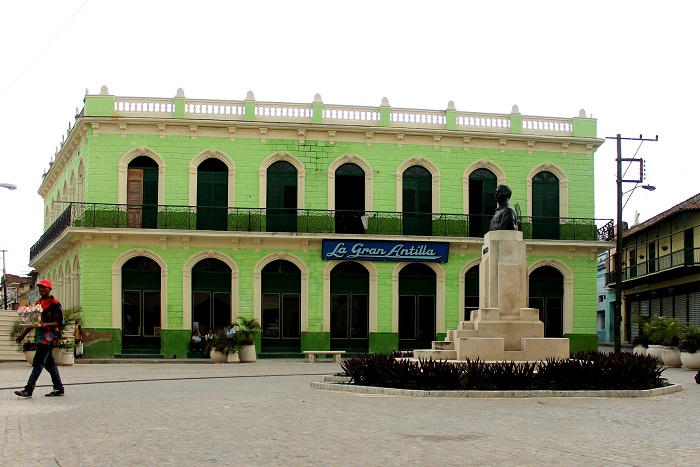
Many of the magnificent tombstones and mausoleums are now decaying with the old clans having left the city. The city government of Camagüey does not have the funds to maintain these. This is perhaps the greatest tragedy of Camagüey itself. Much like its famed jineteras, the city puts up a beautiful, brave front, but upon closer inspection, the poverty and the feeling of helpless have condemned them to a hard existence.